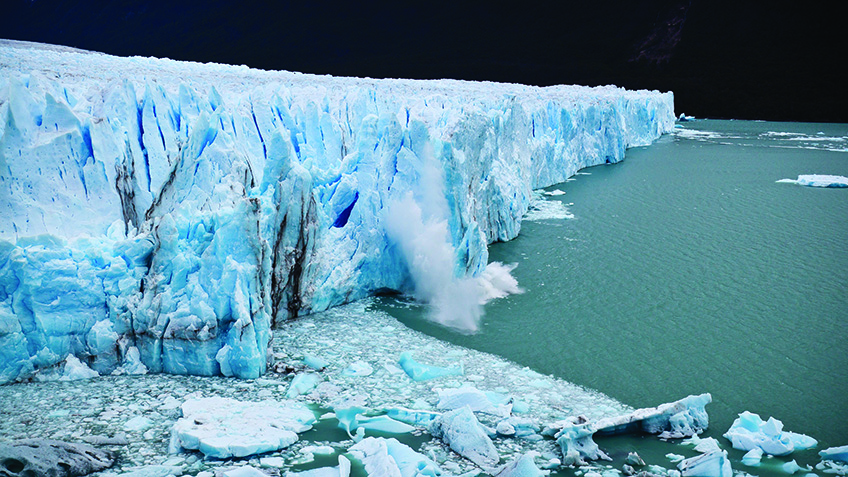
Learning Outcomes
These indicate what you should understand and be able to do as a result of the section. Each Learning Outcome highlights one main practice of science or engineering that you will use to investigate and explore ideas of Earth and space sciences and key crosscutting concepts that are common among all the sciences.
- Carry out an investigation that uses patterns in growth rings in trees as indicators of environmental change.
- Analyze and interpret data that show changes in temperature over time scales of 1000 and 160,000 years.
- Use a model to explain the significance of fossil pollen as evidence for climate change.
Section 2: How Do Earth's Orbital Variations Affect Climate?
- Use models to demonstrate the relationship between seasons and the axial tilt of Earth.
- Use mathematics to illustrate Earth’s elliptical orbit around the Sun and how this shape influences climate.
- Carry out an investigation to explain how insolation to Earth varies as the inverse square of the distance to the Sun.
Section 3: How Do Plate Tectonics and Ocean Currents Affect Climate?
- Use models to explain how ocean currents are affected by Earth’s moving plates.
- Analyze and interpret data on a world map that shows ocean surface currents to explain the effect of ocean currents on regional and global climate.
Section 4: How Do Carbon Dioxide Concentrations in the Atmosphere Affect Global Climate?
- Analyze and interpret data to explain the relationship between global temperature and carbon dioxide in the atmosphere.
- Develop and use a model that demonstrates greenhouse warming in the atmosphere.
- Obtain information about how carbon dioxide is put into and removed from Earth’s atmosphere.
Section 5: How Do Glaciers Affect Sea Level?
- Analyze and interpret data to explain the relationship between the growth and melting of ice sheets and changes in sea level.
- Use mathematics to analyze and interpret glacial and sea-level data.
- Use a model to demonstrate the effects of a melting ice sheet on the lithosphere.
Section 6: How Rising and Falling Sea Levels Modify the Landscape
- Use a model to explain changes in coastal landscapes caused by a rise in sea level.
- Use a model to explain changes in coastal landscapes caused by a fall in sea level.
Section 7: How Might Global Warming Affect Your Community?
- Construct an argument based on evidence for the ways that higher global temperatures could affect your community.
- Obtain and evaluate information about the factors that influence climate and the difficulty in predicting the effects of higher global temperatures.
